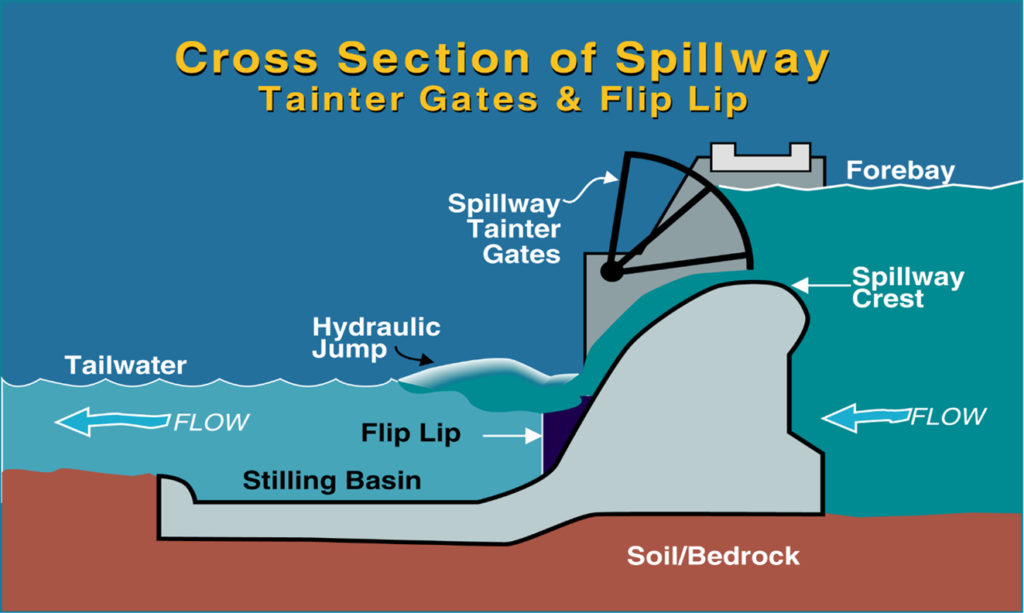(General Studies II – Governance Section – Government Policies and Interventions for Development in various sectors and Issues arising out of their Design and Implementation.)
- The recent ruling by the U.S. District Court against Google marks a significant milestone in global antitrust enforcement.
- The case, brought forth by the U.S. Department of Justice (DOJ), accused Google of monopolistic practices in the web search and advertising sectors, resulting in a landmark decision that has implications far beyond the United States.
The Issue in Discussion –

- The court found that Google maintained its monopoly in the general search services and search text ads markets through exclusive distribution agreements with browser developers, mobile device manufacturers, and wireless carriers.
- This practice effectively elbowed out competitors and cemented Google’s dominance, allowing it to charge supra-competitive prices for its services.
- The ruling, however, did not find Google monopolistic in the search advertising market, nor did it sanction the company for its failure to preserve employee correspondence.
Positive aspects of the U.S. Court’s Ruling Against Google –
- Promotion of Fair Competition: The ruling reinforces the importance of maintaining a competitive market environment, ensuring that no single company can dominate to the detriment of others.
- Consumer Protection: By addressing monopolistic practices, the ruling helps protect consumers from potential exploitation, such as being forced to use inferior products or pay higher prices due to lack of alternatives.
- Encouragement of Innovation: With reduced barriers to entry for new competitors, the ruling could foster greater innovation in the search engine and digital advertising markets, leading to improved products and services.
- Global Precedent: The decision sets a precedent that could influence antitrust enforcement globally, encouraging other countries, including India, to take similar actions against monopolistic practices in their own markets.
- Accountability for Tech Giants: The ruling demonstrates that even the largest and most influential companies are subject to legal scrutiny and can be held accountable for practices that harm competition and consumers.
Drawbacks of the ruling –
- Potential Market Disruption: Breaking up Google or forcing it to end exclusive deals could disrupt the digital economy, affecting not only Google but also businesses and consumers who rely on its services.
- Impact on Handset Manufacturers: The ruling may result in handset manufacturers, particularly those like Apple who benefit from Google’s payments, losing significant revenue, which could impact their business strategies and innovation incentives.
- Legal Uncertainty: The ongoing legal battles and potential appeals could create a period of uncertainty in the tech industry, affecting investment decisions and business operations.
- Limited Impact on Search Advertising: The ruling did not find Google monopolistic in the search advertising market, potentially leaving a significant area of concern unaddressed, which could continue to affect competition in this sector.
- Risk of Fragmentation: If Google is forced to break up or alter its business model significantly, it could lead to fragmentation of services, which might inconvenience users accustomed to the integration and convenience provided by Google’s ecosystem.
Relevance for India –
- India’s rapidly growing digital economy is heavily reliant on the platforms provided by global tech giants like Google.
- The Indian market could face similar concerns regarding monopolistic practices, which could stifle competition and innovation.
- Furthermore, India’s regulatory framework is increasingly focusing on ensuring fair competition and preventing market dominance, making this case a potential reference point for future legal and policy decisions in the country.
- The Competition Commission of India (CCI) has already initiated actions against Google for similar practices, indicating the global nature of these concerns.
| Google’s Anti-Competitive Practices (2018 and 2022) In 2018, the Competition Commission of India (CCI) fined Google ₹136 crore for abusing its dominant position in online general web search and search advertising services in India. The case centered around Google’s practice of promoting its own services in search results while demoting rivals. In 2022, the CCI imposed another fine of ₹1,337.76 crores on Google for abusing its dominant position in the Android mobile operating system market. The CCI found that Google was imposing unfair conditions on device manufacturers to use its own applications and services, which stifled competition in the market. |
The U.S. court’s ruling against Google underscores the importance of maintaining a competitive digital marketplace. As global regulators, including those in India, grapple with the growing influence of tech giants, this case serves as a reminder of the potential risks associated with monopolistic practices.
Ensuring a level playing field in the digital economy is crucial for fostering innovation and protecting consumer interests. The outcome of Google’s appeal and the subsequent remedies will be closely watched as they may set precedents that could shape the future of antitrust enforcement in the tech industry worldwide.


